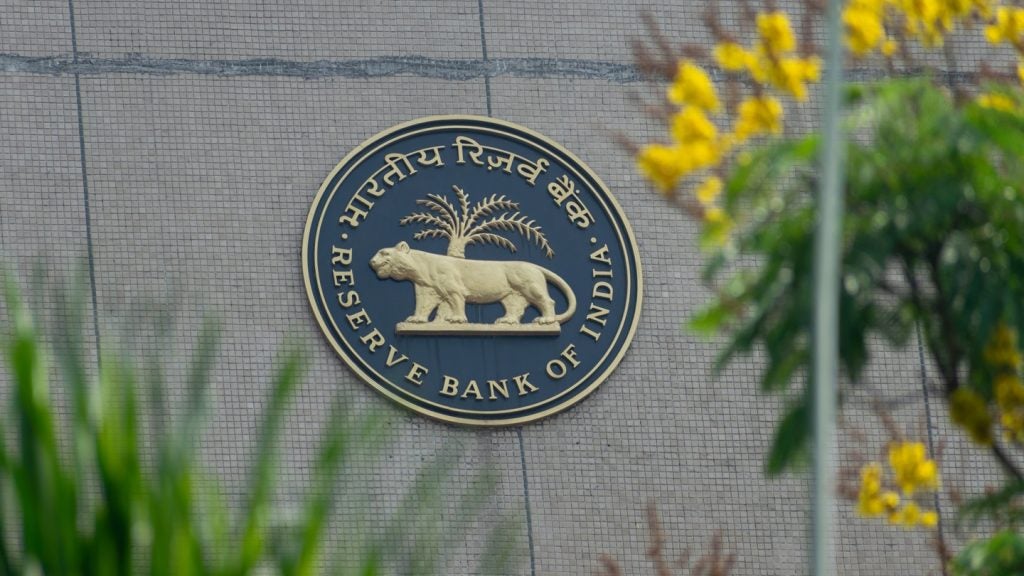Nearly 70% of credit cards and 41% of debit cards in the US will be EMV enabled by the end of next year, according to a new research report published by Aite Group.
The research report titled "EMV: Lessons Learned and the U.S. Outlook" took a look at the migratory experiences of five countries that preceded the US in adopting the EMV standard: the UK, Australia, Brazil, Mexico, and Canada.

Access deeper industry intelligence
Experience unmatched clarity with a single platform that combines unique data, AI, and human expertise.
The report says that rising counterfeit card fraud is a key reason why the EMV business case now works for US issuers, as credit card fraud rates doubled to 10 basis points, 10 cents out of every $100 transacted from 2007 to 2014.
Other contributing factors include the increasing difficulty that US cardholders have in using their magnetic stripe cards overseas, the desire to accelerate the U.S. terminal infrastructure upgrade to facilitate NFC-based mobile payments technology, and the decreasing cost of chips and terminals, the report added.
The report predicts the EMV enabled card issuance process will ramp up in the fourth quarter of 2014.
The survey by Aite Group found that the majority of card issuers are choosing to initially issue contact-chip rather than dual-interface cards; drivers of this decision are cost.

US Tariffs are shifting - will you react or anticipate?
Don’t let policy changes catch you off guard. Stay proactive with real-time data and expert analysis.
By GlobalDataJulie Conroy, research director in retail banking at Aite Group, said: "Taking the world’s largest card market from mag stripe to EMV is a massive undertaking.
"The 17 months before the liability shift takes effect will pass by quickly, though, and issuers, based on lessons learned from other countries, should consider issues like fraud migration paths and how to counter them, as well as how to educate the consumer and merchant alike on chip cards.
"They should also consider using third-party expertise, already deployed in the EMV migration of other countries, to streamline the implementation process and help with the knowledge transfer," Julie opined.







